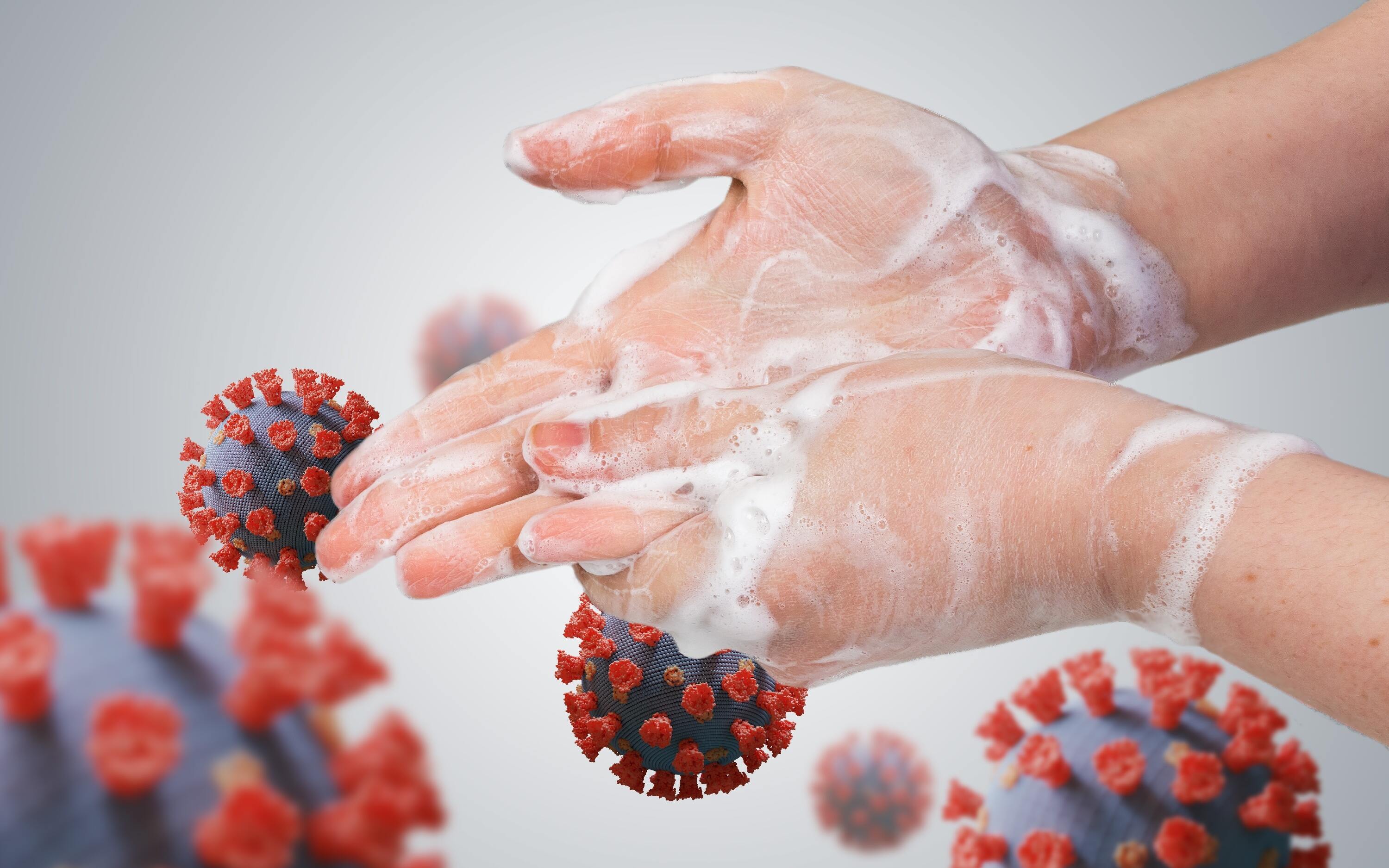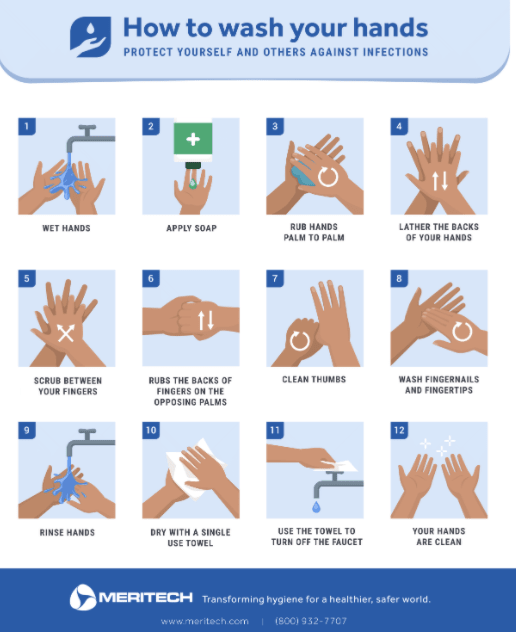Hand Hygiene 101: Multi-User Sinks
 Multi-user sinks are a very common manual or semi-automated hand wash station. These are attractive to business owners because of their ability to handle a high volume of workers very quickly even if they present serious cross contamination risk.
Multi-user sinks are a very common manual or semi-automated hand wash station. These are attractive to business owners because of their ability to handle a high volume of workers very quickly even if they present serious cross contamination risk.
| Benefits | Potential Concerns |
| - Low cost - Familiar system to most - High throughput |
- Highly dependent on user - Unreliable and inconsistent level of pathogen removal - Difficult compliance tracking - May be wasteful of water or have low water flow - No way to enforce proper handwashing duration - Cross contamination from users washing hands near one another. - No indication if soap solution is empty |
The main benefit of using a multi-user handwashing sink is the volume of hand wash events that can be preformed in a short period of time. Some multi-user sinks can accommodate up to 8 users at a time. While this sounds great from a time saving perspective, it presents serious contamination risk.
When you have 8 people washing their hands next to each other it's very likely people are in each other's "splash zone". When someone is washing their hands the soap and water removing the pathogens from hands can splash around you contaminating surfaces or individuals. With multi-user sinks it is incredibly likely that users will be hit with their neighbors dirty water. When using a multi-user sink its very important to try and avoid splash back from other users.
There is also risk of improper hygiene events with multi-user handwashing stations. Just like semi-automated or manual sinks, multi-user sinks still completely rely on the user to wash effectively. When using a multi-user sink its important to follow the recommended steps for manual handwashing:

- Wet your hands with clean, running water (warm or cold)
- Apply soap
- Lather your hands
- Scrub your hands for at least 20 seconds. (Need a timer? Hum or sing “Happy Birthday” from beginning to end twice.)
- Rinse your hands well under clean, running water.
- Dry your hands using a clean towel or air dry them.
For further reading please explore our Hand Hygiene eBook. This will compare the most commonly used handwashing methods, review the importance of skin health for hand hygiene, and explore how to reinforce good hand hygiene behaviors with employees.







